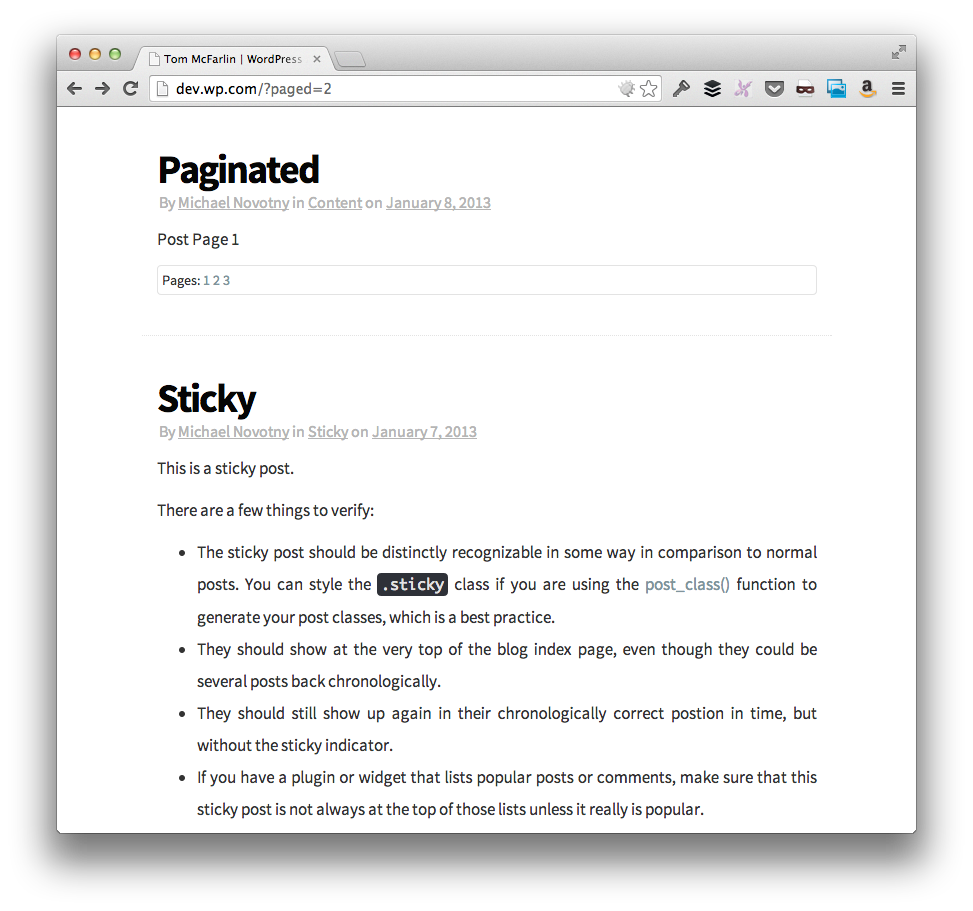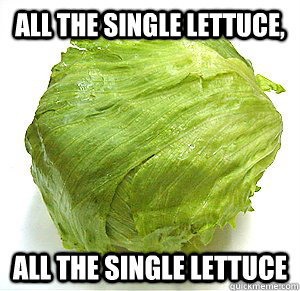When it comes to working with pagination in WordPress, it’s relatively easy to manage:
- There is pagination for index and archive pages.
- There is pagination at the single post level.
Each of which usually consists of doing the following:
- If you’re on an index or an archive page then you’ll use `get_next_posts_link`, `next_posts_link`, `get_previous_posts_link`, `previous_posts_link`.
- If you’re on a single post page, then you’ll use `get_previous_post_link`, `previous_post_link`, `get_next_post_link`, and `next_post_link`.
Enough enough, right?
But there are times in which you may want to add or enhance some of the attributes that are on each of these anchors.






